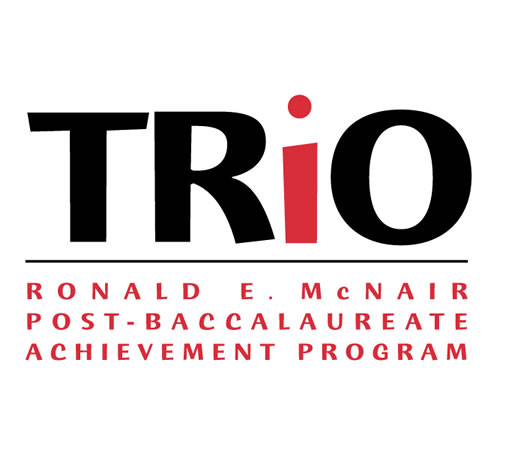Document Type
Poster
Publication Date
2015
Publisher
University of Nevada, Las Vegas; Center for Academic Enrichment and Outreach
Publisher Location
Las Vegas (Nev.)
Abstract
Classical conditioning demonstrates that rewards can be used to train behavior by pairing a stimulus, known as a prompt, with reinforced behavior. At a neuronal level, this association strengthens the connections between the neurons involved, making communication easier the next time. Enhanced communication is identified with learning, allowing an organism to anticipate a reward with a prompt so that it can perform the desired behavior to successfully obtain the reward (Noonan et al., 2011). In this study, we created a computational model to represent a neural circuit with synaptic plasticity during reward, no-reward and anticipation states. Our results confirmed our hypothesis that the model would be able to differentiate between reward and no-reward stimuli and subsequently anticipate the likelihood of reward and no-reward states on ensuing trials.
Keywords
Conditioning; Behavior; Neural Circuits
Disciplines
Psychology
File Format
File Size
394 KB
Language
English
Rights
IN COPYRIGHT. For more information about this rights statement, please visit http://rightsstatements.org/vocab/InC/1.0/
Repository Citation
Bedoy, E. H.,
Hyman, J. M.
(2015).
Decoding The Neural Circuitry of Reward Behavior.
Available at:
https://digitalscholarship.unlv.edu/mcnair_posters/63

